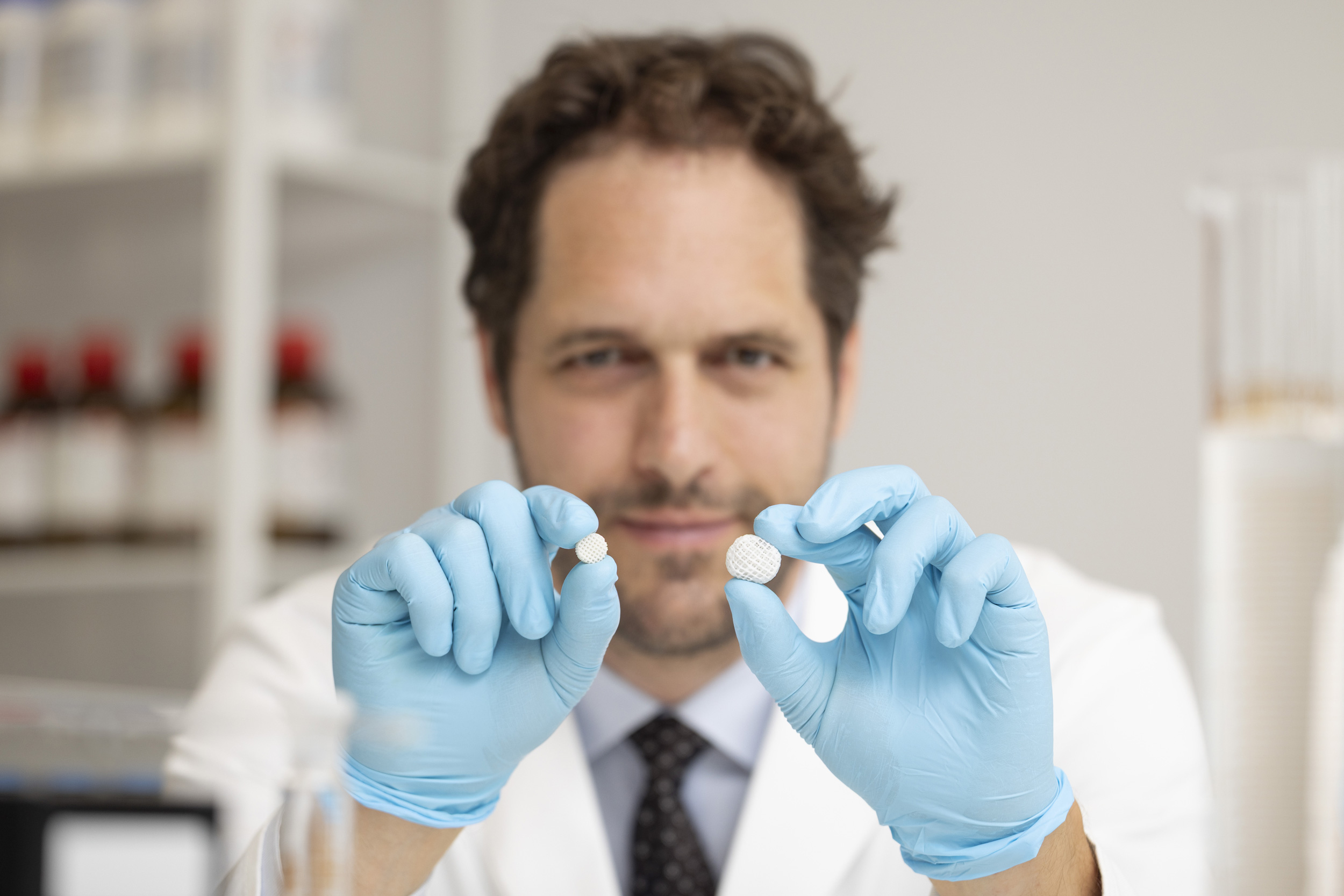 Startup’s tablets deliver cancer drugs more evenly over timeAn MIT team’s technology could allow cancer drugs to be delivered more steadily into the bloodstream, to improve effectiveness and reduce side effects.
Startup’s tablets deliver cancer drugs more evenly over timeAn MIT team’s technology could allow cancer drugs to be delivered more steadily into the bloodstream, to improve effectiveness and reduce side effects.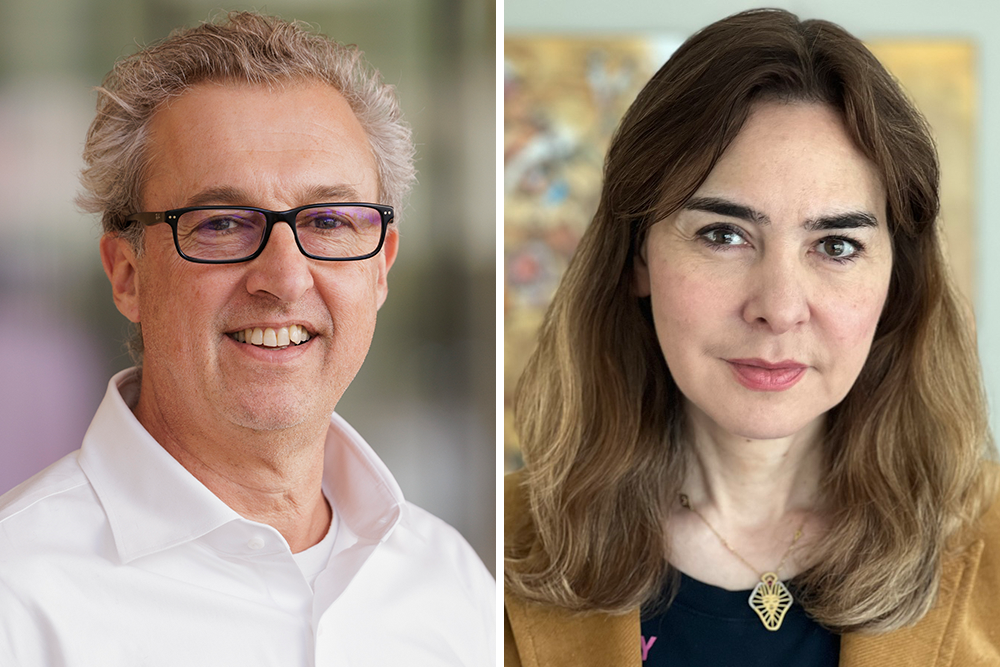 Five with MIT ties elected to National Academy of Medicine for 2025Professors Facundo Batista and Dina Katabi, along with three additional MIT alumni, are honored for their outstanding professional achievement and commitment to service.
Five with MIT ties elected to National Academy of Medicine for 2025Professors Facundo Batista and Dina Katabi, along with three additional MIT alumni, are honored for their outstanding professional achievement and commitment to service.
- A “seating chart” for atoms helps locate their positions in materialsThe DIGIT imaging tool could enable the design of quantum devices and shed light on atomic-scale processes in cells and tissues.

- Charts can be social artifacts that communicate more than just dataResearchers find that design elements of data visualizations influence viewers’ assumptions about the source of the information and its trustworthiness.

- The student becomes the teacherTitus Roesler was ready to drop his class in signal processing. Now, he hopes to become an expert in the field.
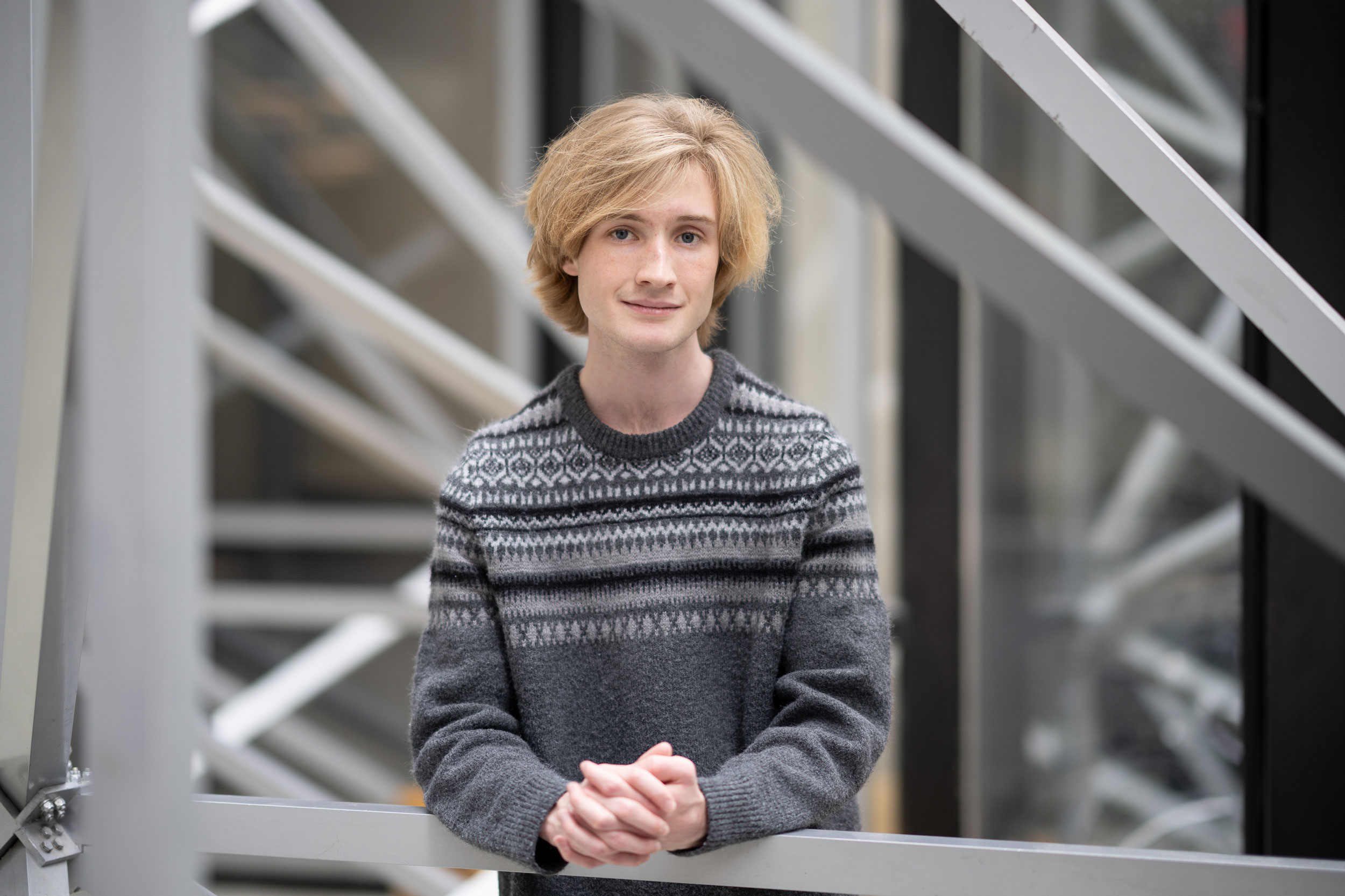
- Neural activity helps circuit connections mature into optimal signal transmittersScientists identified how circuit connections in fruit flies tune to the right size and degree of signal transmission capability. Understanding this could lead to a way to tweak abnormal signal transmission in certain disorders.
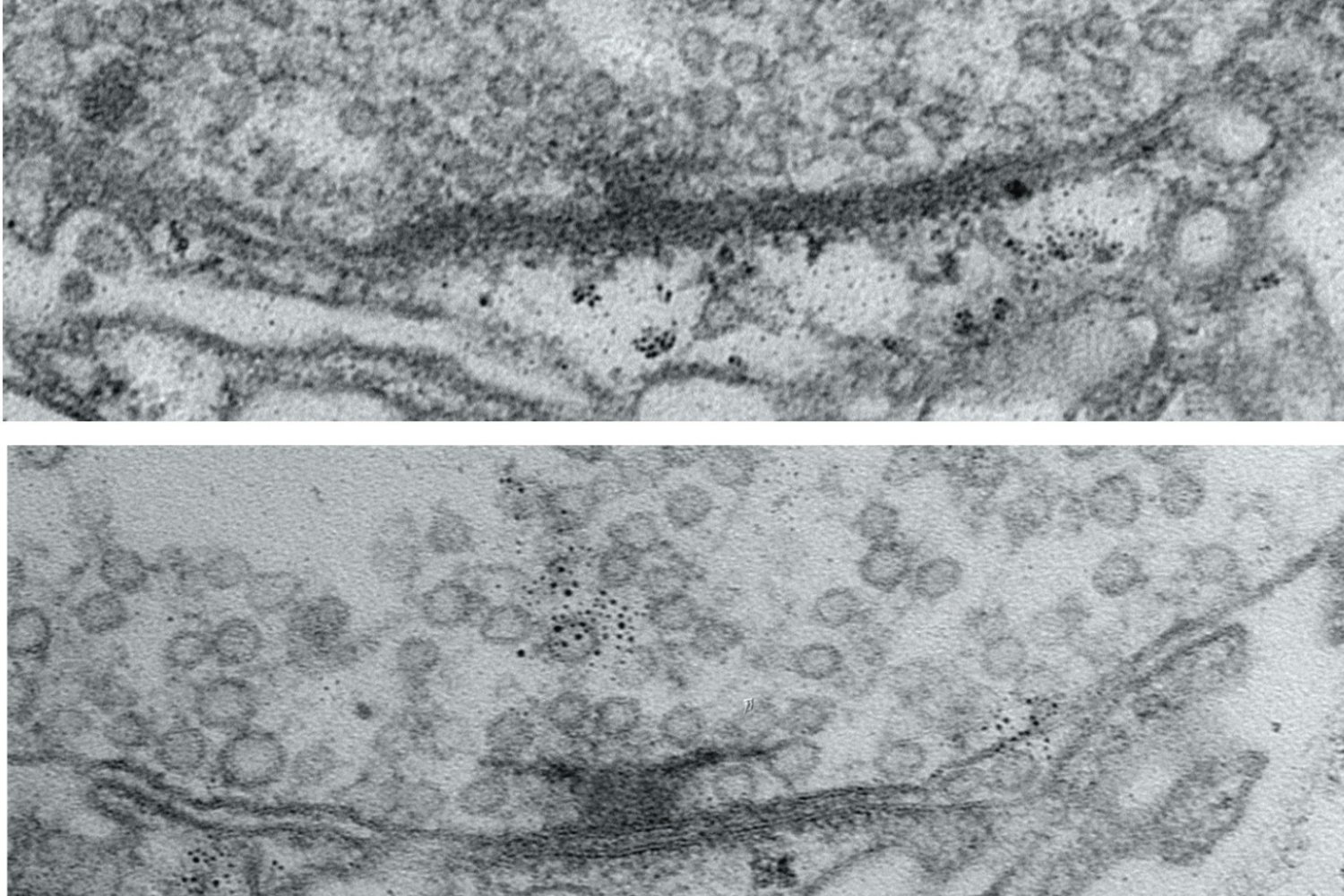
- Creating AI that mattersHow the MIT-IBM Watson AI Lab is shaping AI-sociotechnical systems for the future.

- Over 1,000 MIT students inspired to work toward climate solutionsIncoming students tested the climate simulation tool En-ROADS with the goal of creating “a healthier, safer, more prosperous, and more sustainable world.”
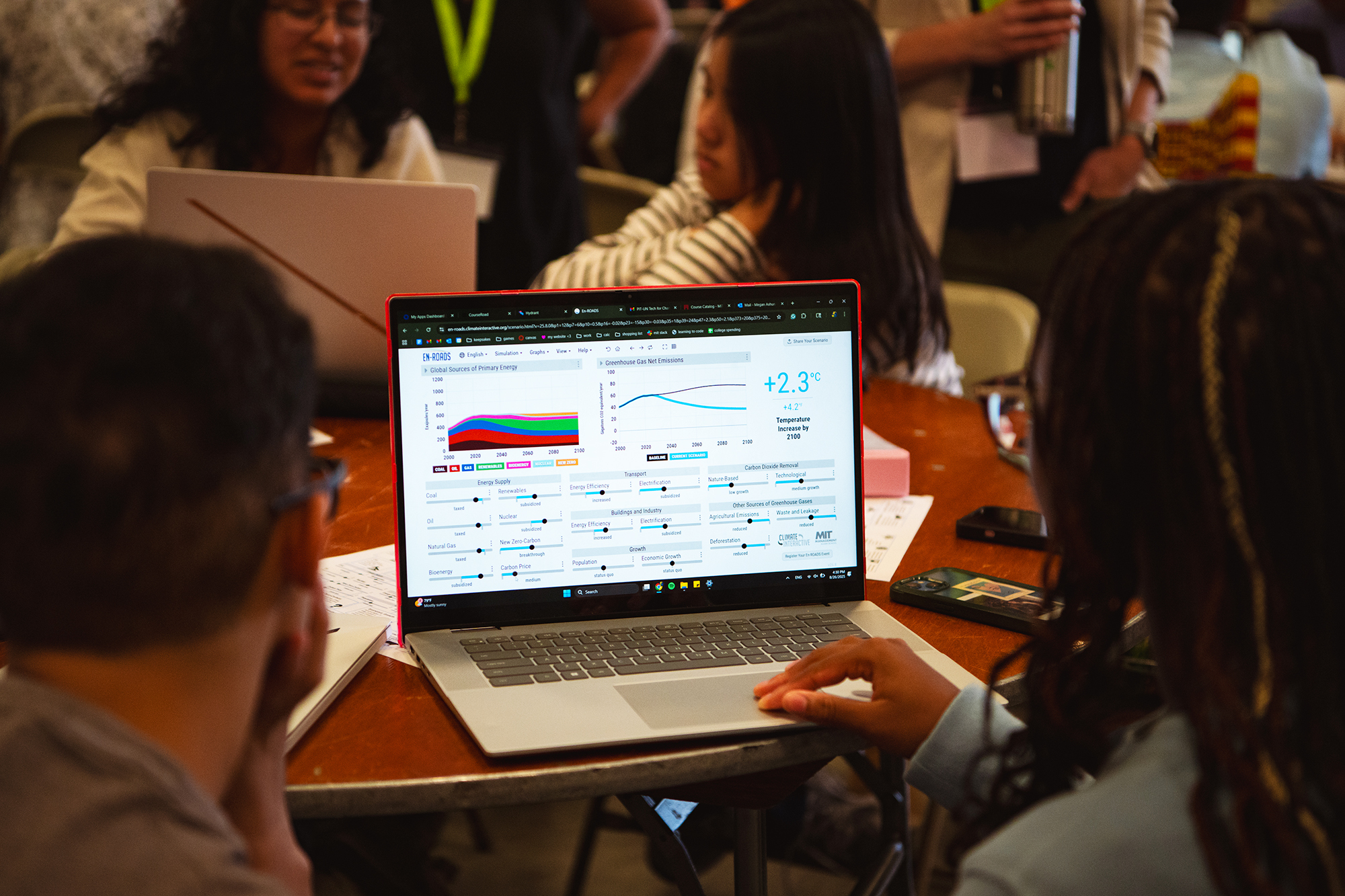
- A new advising neighborhood takes shape along the Infinite CorridorThe Undergraduate Advising Center’s new home in Building 11 creates a bright, welcoming, and functional destination for MIT undergraduate students.
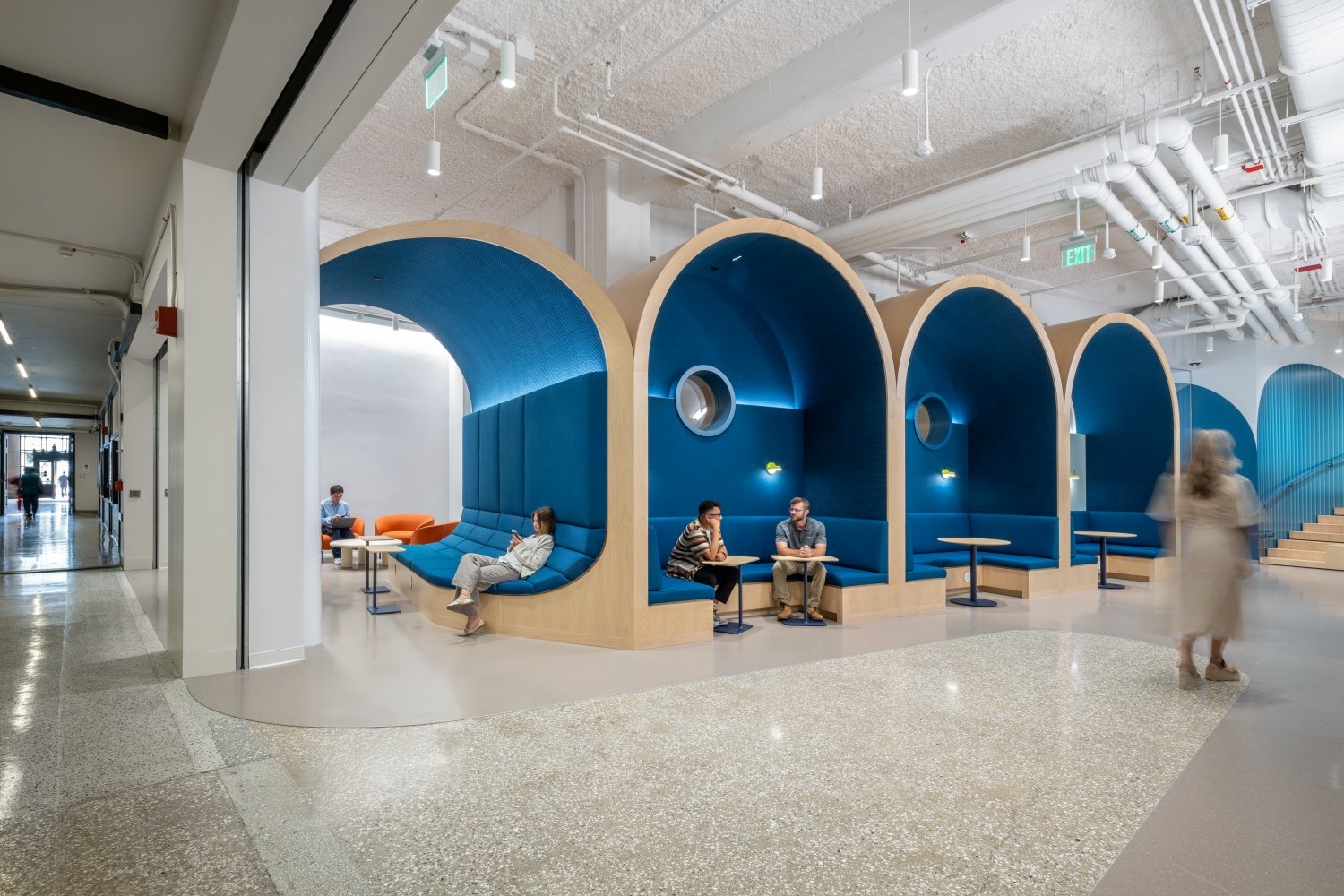
- MIT Maritime Consortium releases “Nuclear Ship Safety Handbook”First-of-its-kind handbook serves as a guide for design safety for civilian nuclear ships.
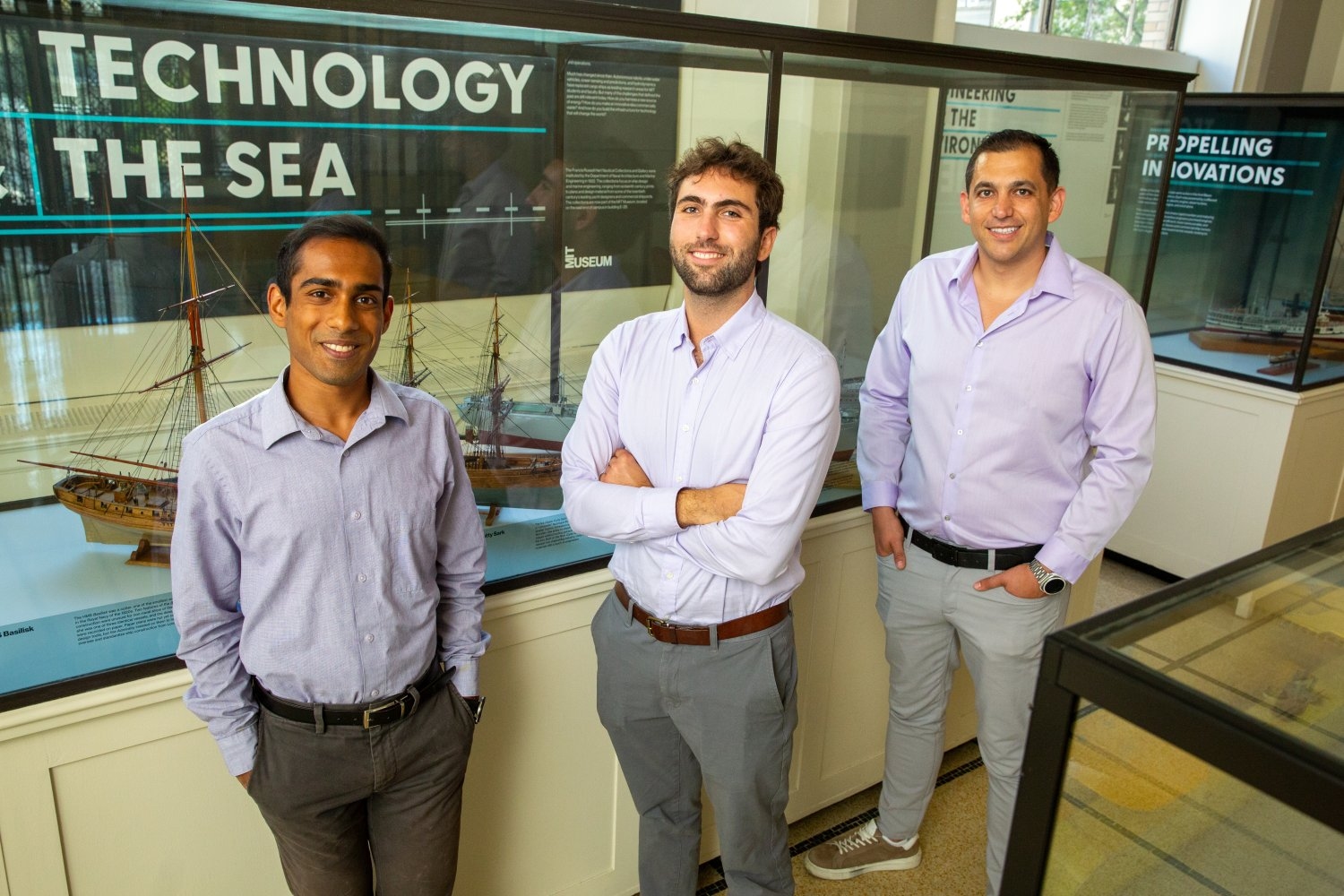
- Solar energy startup Active Surfaces wins inaugural PITCH.nano competitionTwelve START.nano companies competed for the grand prize of nanoBucks to be used at MIT.nano’s facilities.
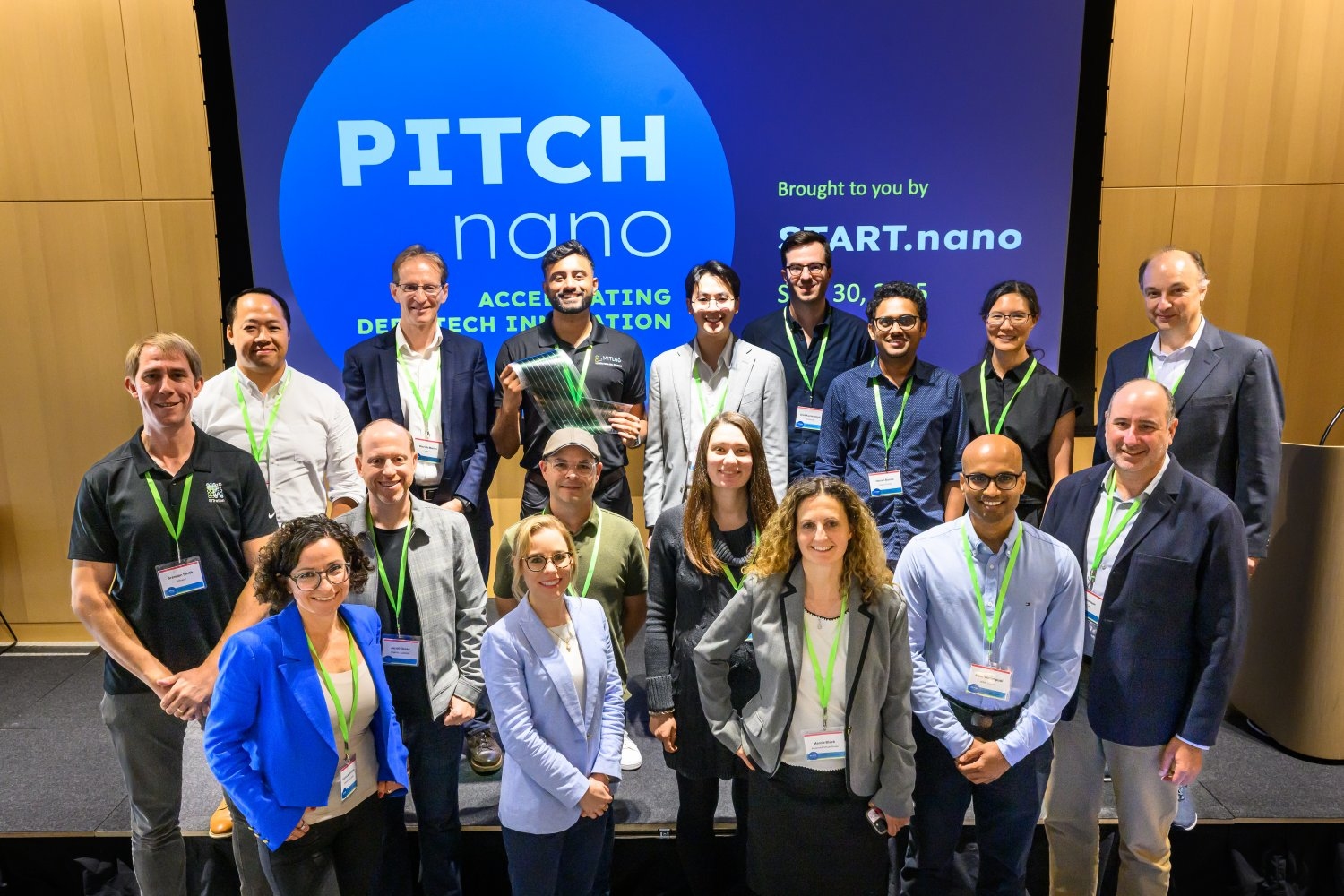
- MIT Global Seed Funds catalyze research in over 20 countriesLaunched in 2008, the program has expanded exponentially and spent $30 million on high-impact research.
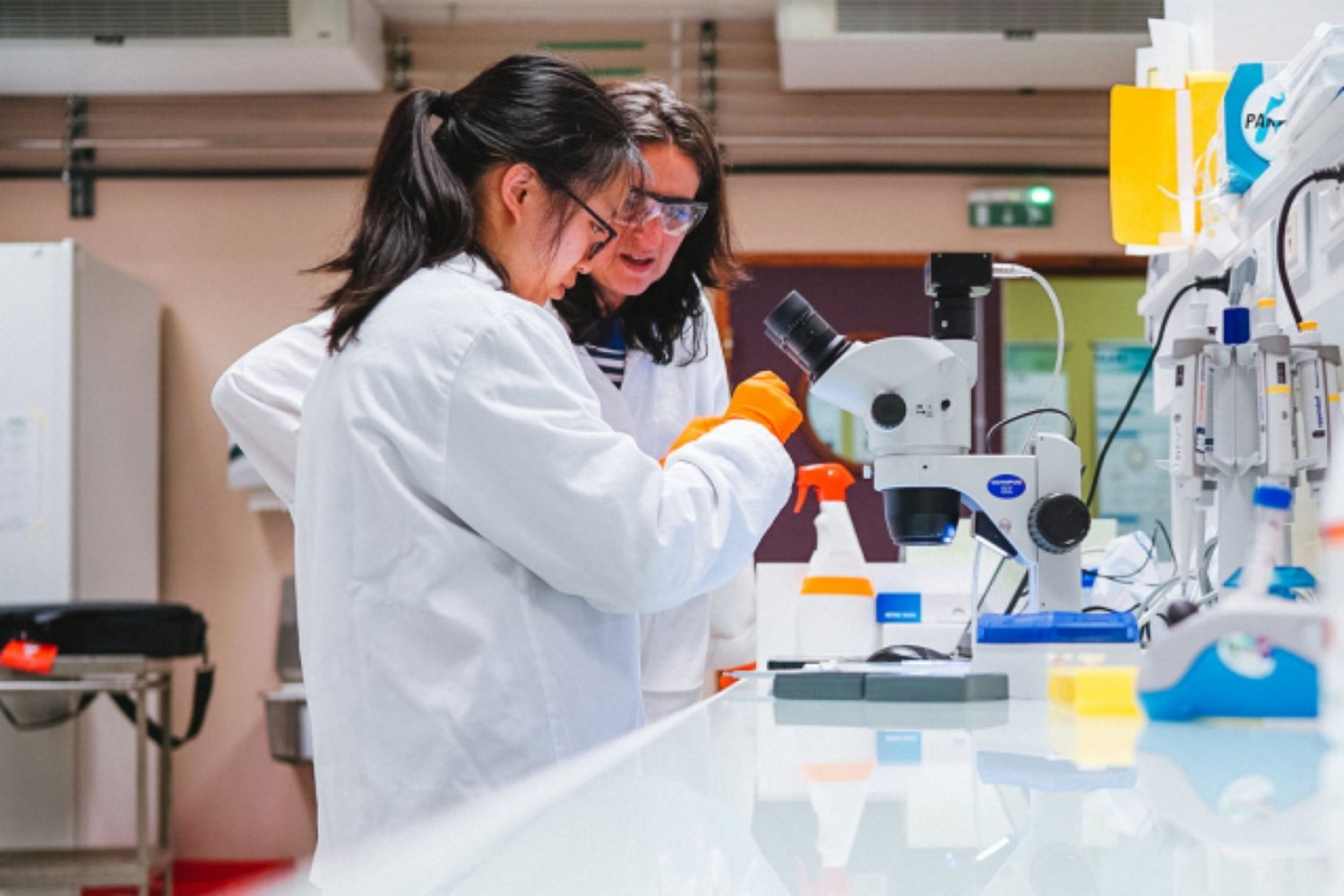
- Alan Whitney, MIT Haystack Observatory radio astronomer who pioneered very long baseline interferometry, dies at 81Longtime research scientist who served as associate director and interim director helped guide Haystack to decades of influential leadership in the development and refinement of the VLBI technique.
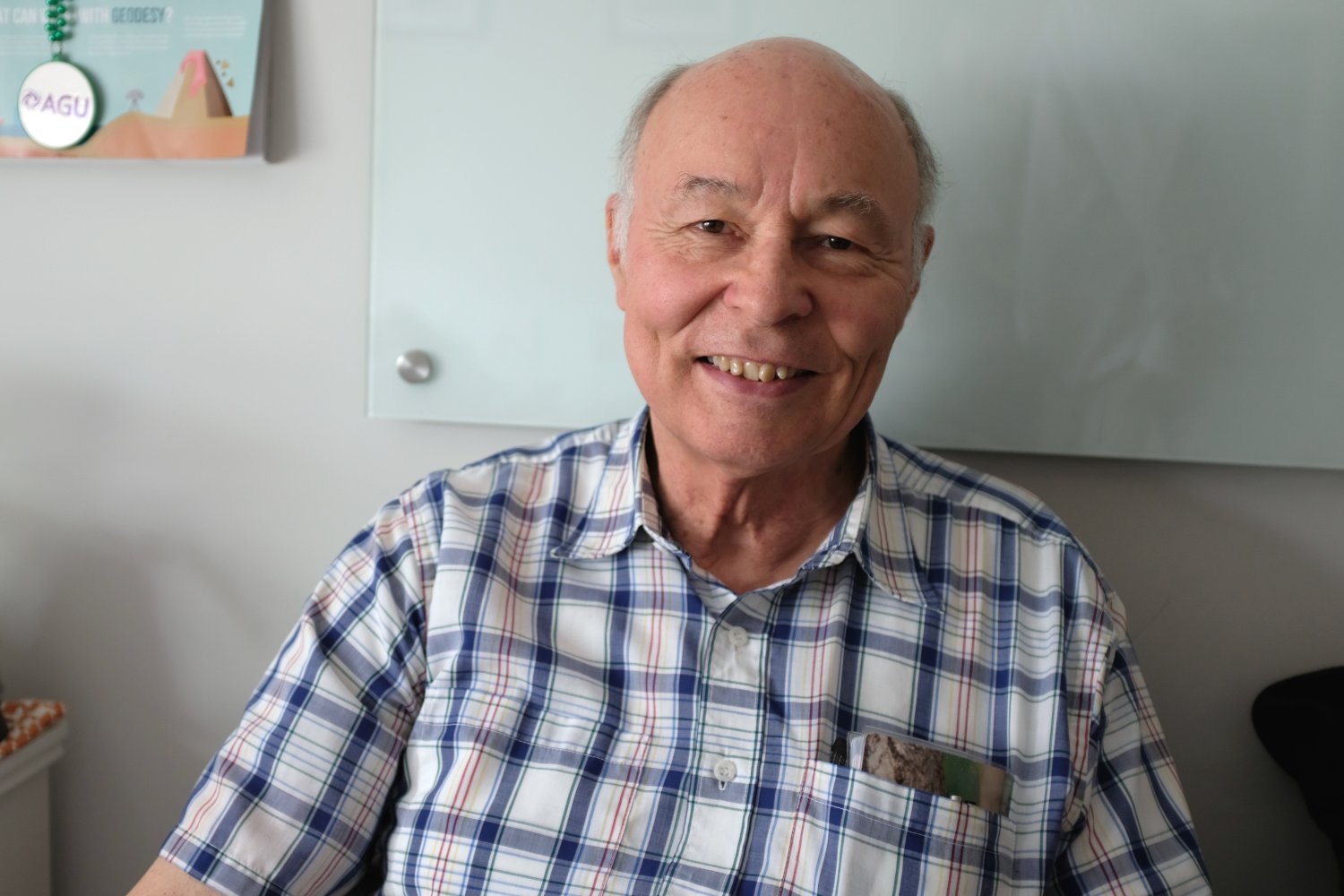
- School of Engineering welcomes new faculty in 2024-25The newest MIT engineering faculty are conducting research across a diverse range of subject areas.
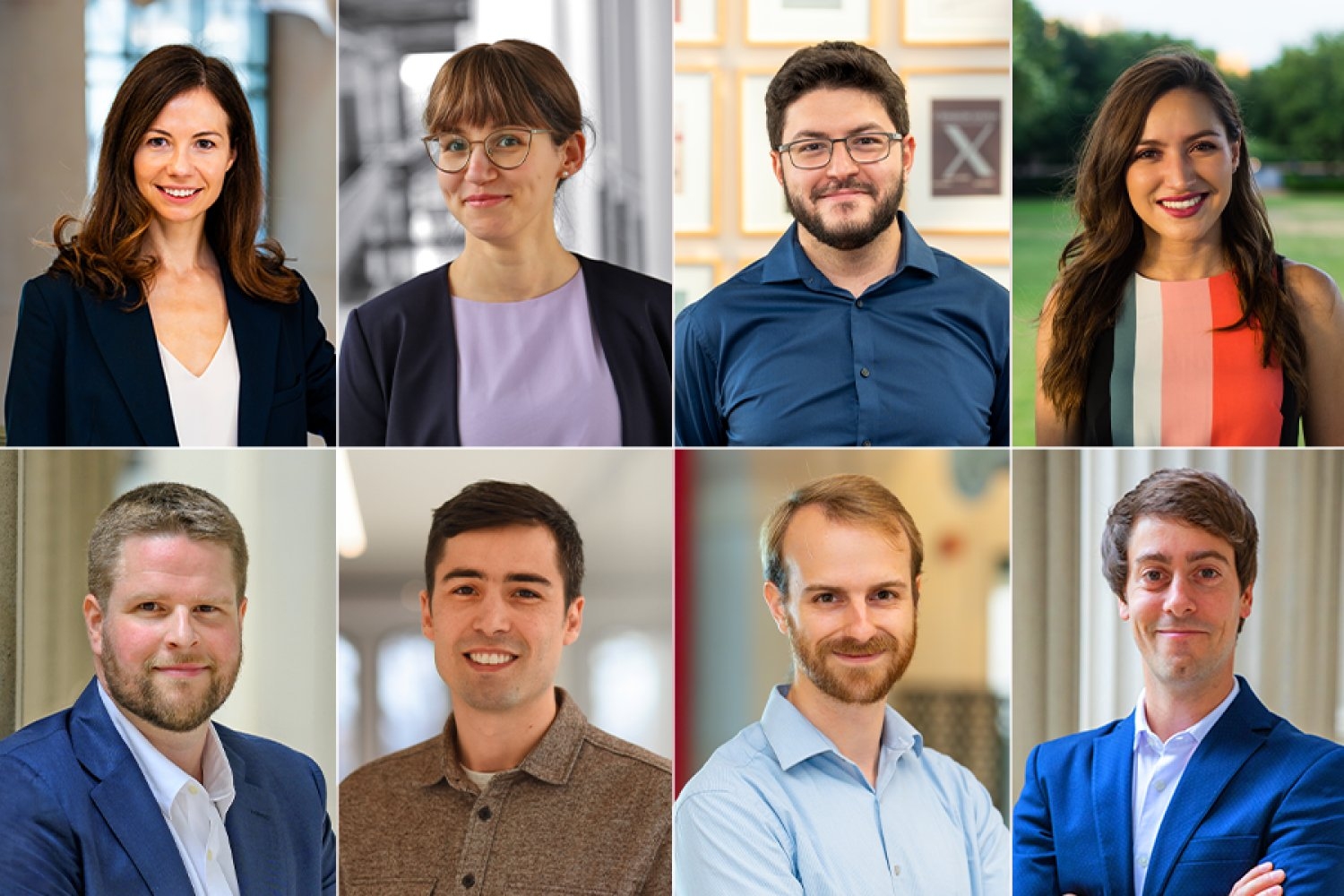
- MIT Schwarzman College of Computing welcomes 11 new faculty for 2025The faculty members occupy core computing and shared positions, bringing varied backgrounds and expertise to the MIT community.
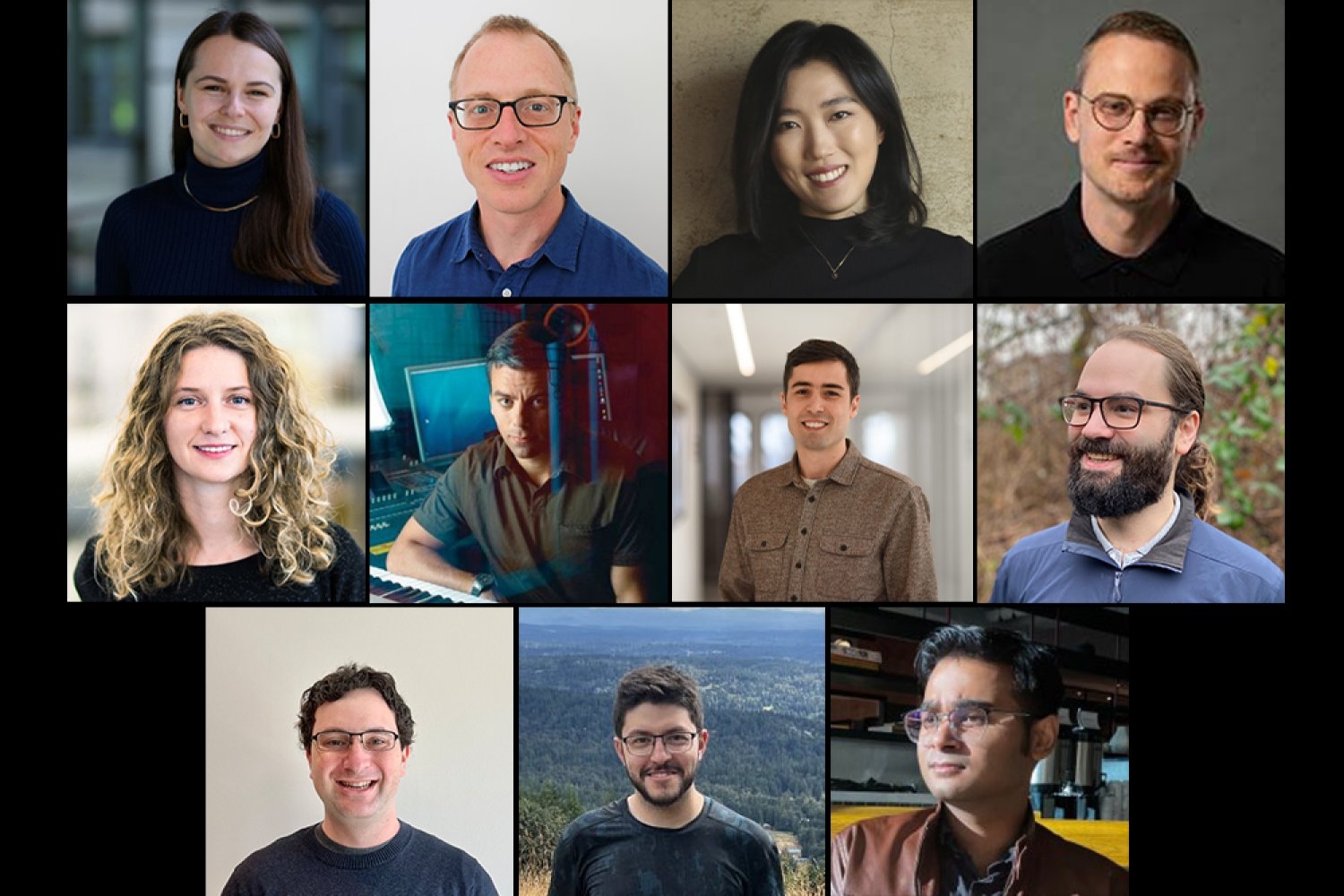
- Lincoln Laboratory and Haystack Observatory team up to unveil hidden parts of the galaxyA proposed telescope made of thousands of tiny, identical satellites will work together to reveal low-frequency radio waves in space.
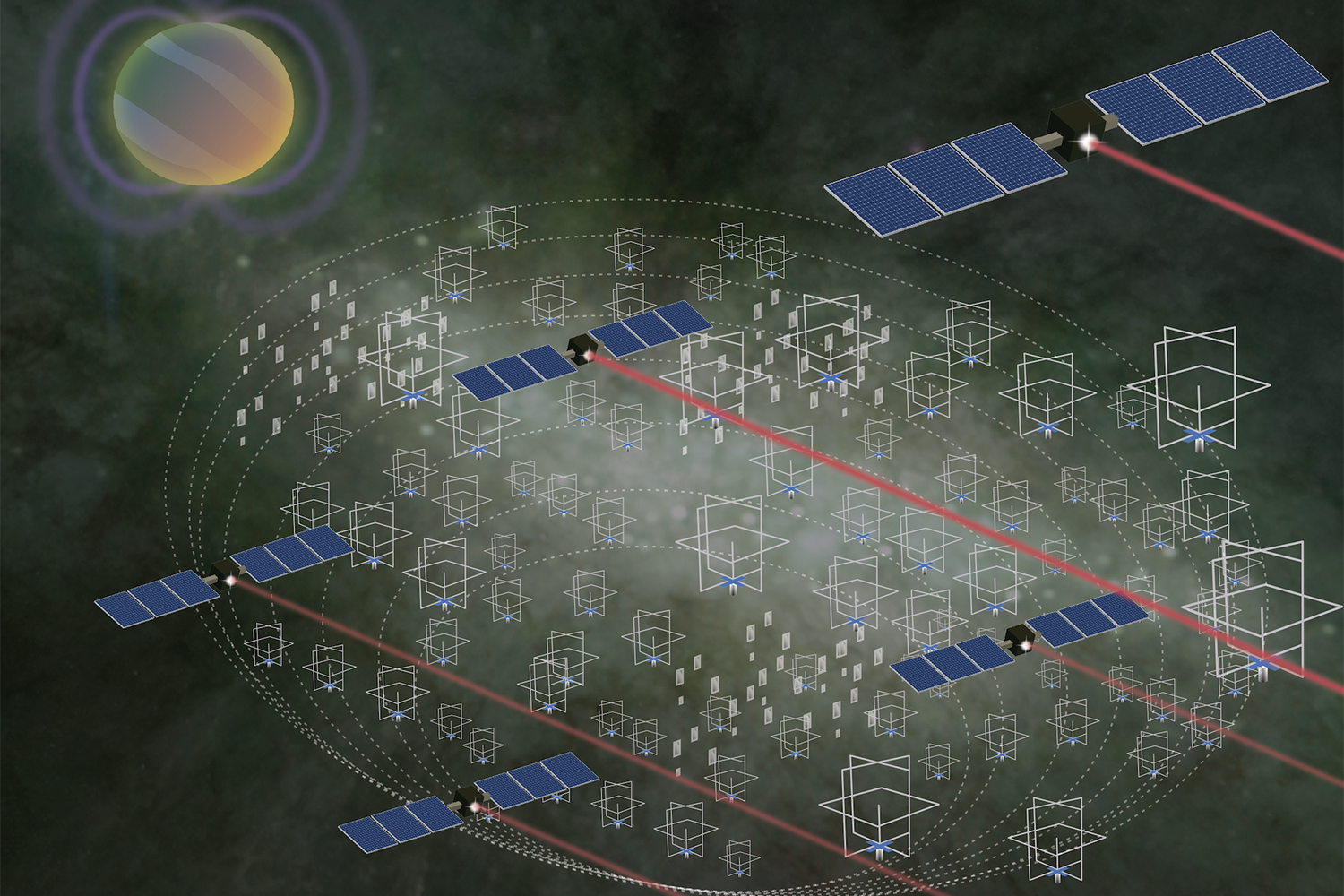
- New software designs eco-friendly clothing that can reassemble into new itemsTo reduce waste, the Refashion program helps users create outlines for adaptable clothing, such as pants that can be reconfigured into a dress. Each component of these pieces can be replaced, rearranged, or restyled.
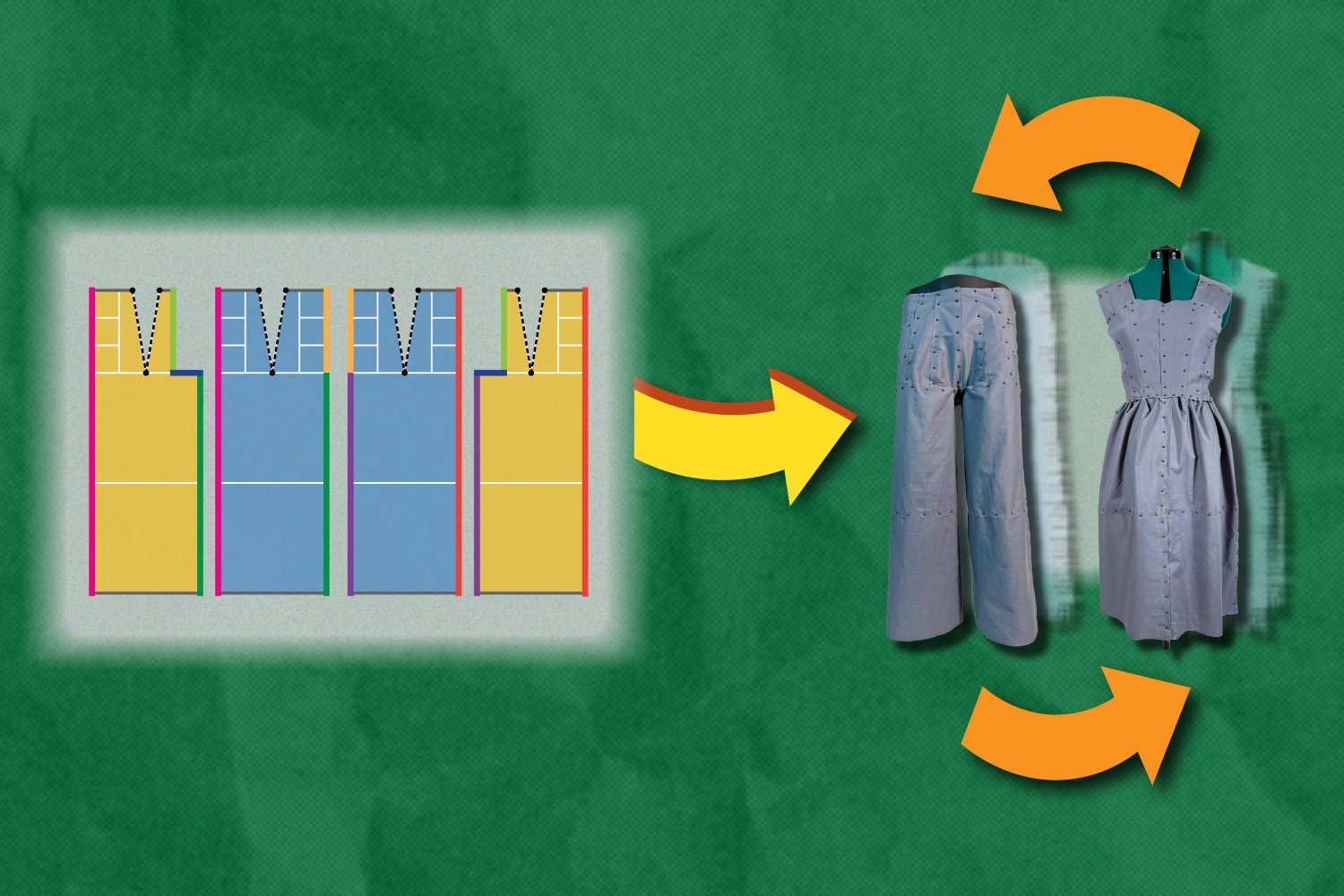
- In a surprising discovery, scientists find tiny loops in the genomes of dividing cellsEnabled by a new high-resolution mapping technique, the findings overturn a long-held belief that the genome loses its 3D structure when cells divide.
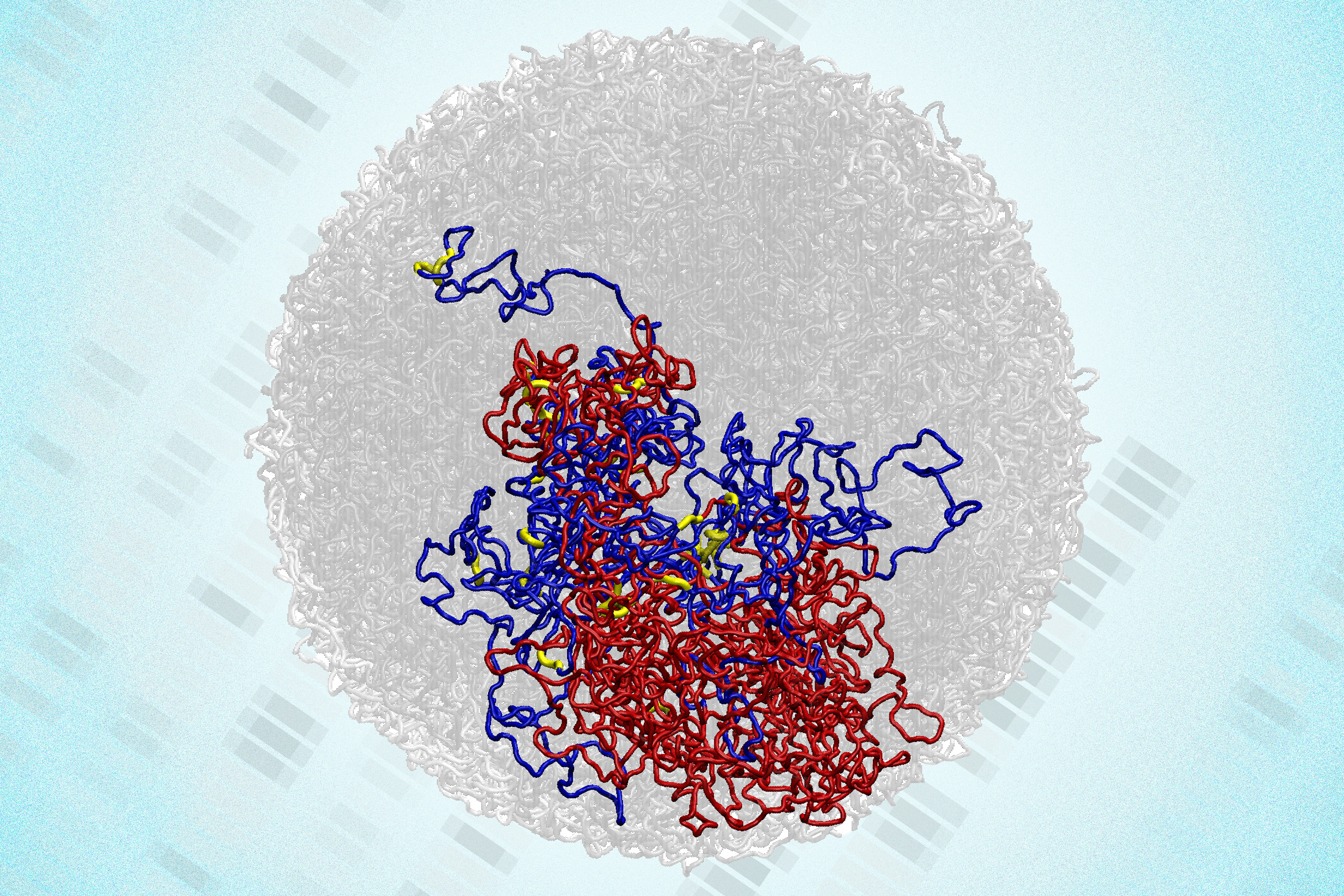
- Book reviews technologies aiming to remove carbon from the atmosphereIn “Carbon Removal,” Howard Herzog and Niall MacDowell assess proposed methods of removing carbon already in the atmosphere as a means of mitigating climate change.
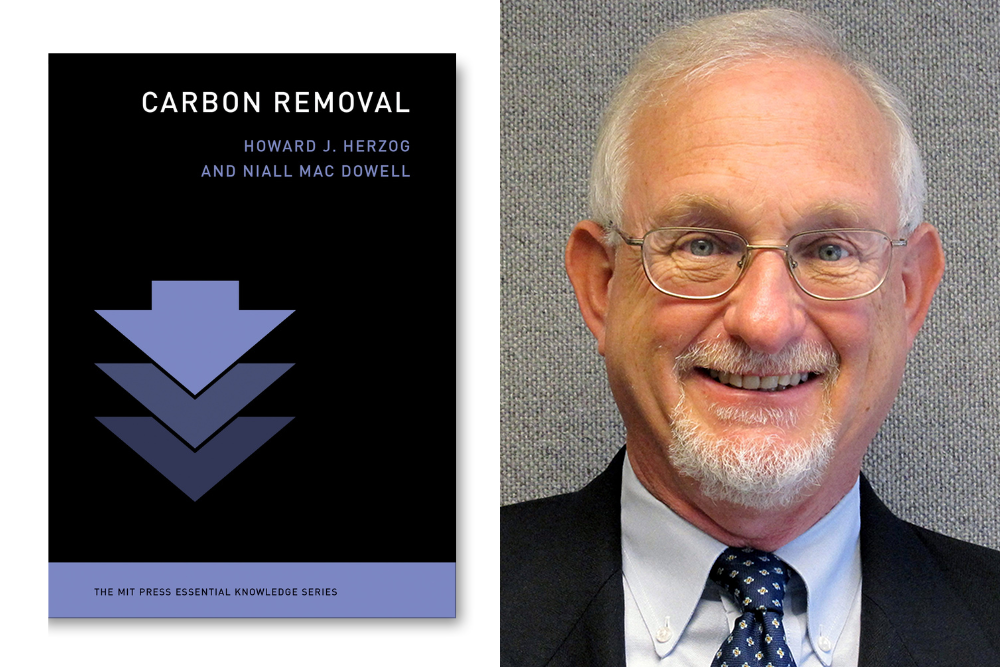
- Breaking the old model of education with MIT Open LearningFree MIT study materials enabled 16-year-old Vivan Mirchandani’s nontraditional learning path, opening up scientific research and academic opportunities.
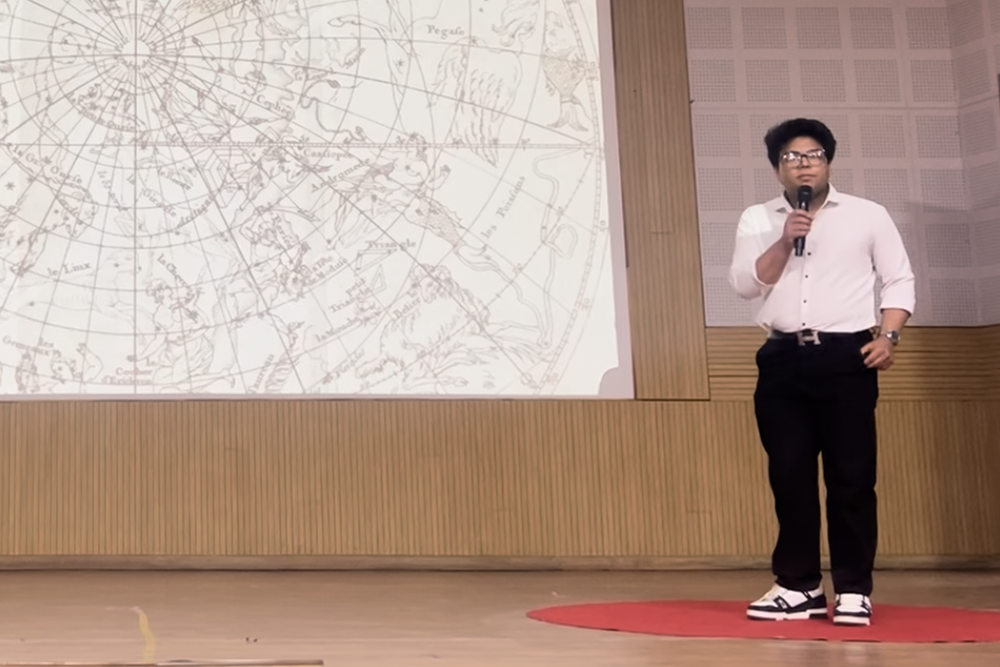
- Method teaches generative AI models to locate personalized objectsAfter being trained with this technique, vision-language models can better identify a unique item in a new scene.

- Darcy McRose and Mehtaab Sawhney ’20, PhD ’24 named 2025 Packard Fellows for Science and EngineeringMcRose, an environmental microbiologist, is recognized for researching the ecological roles of antibiotics in shaping ecosystems, agriculture, and health.
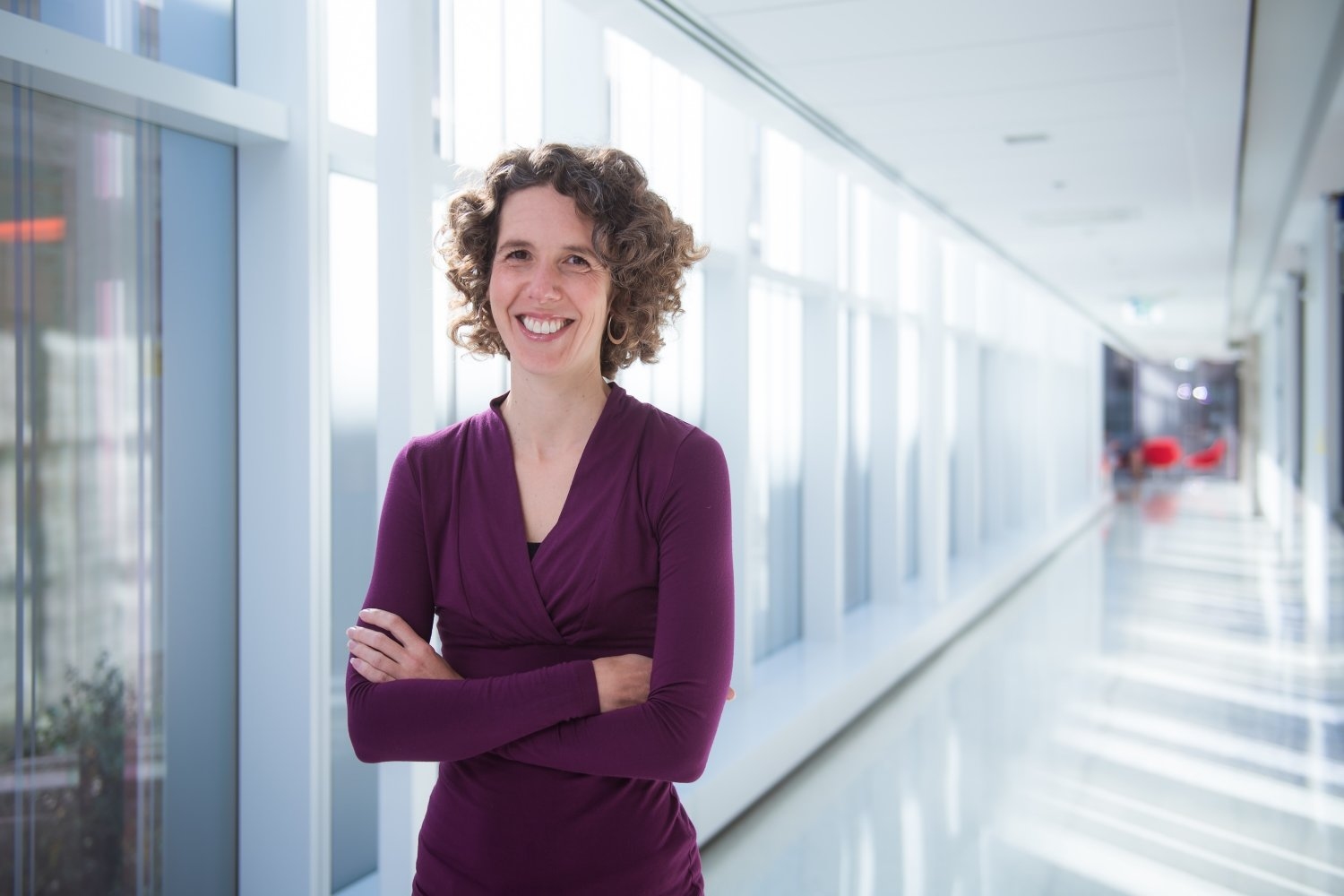
Load more...
Loading...


